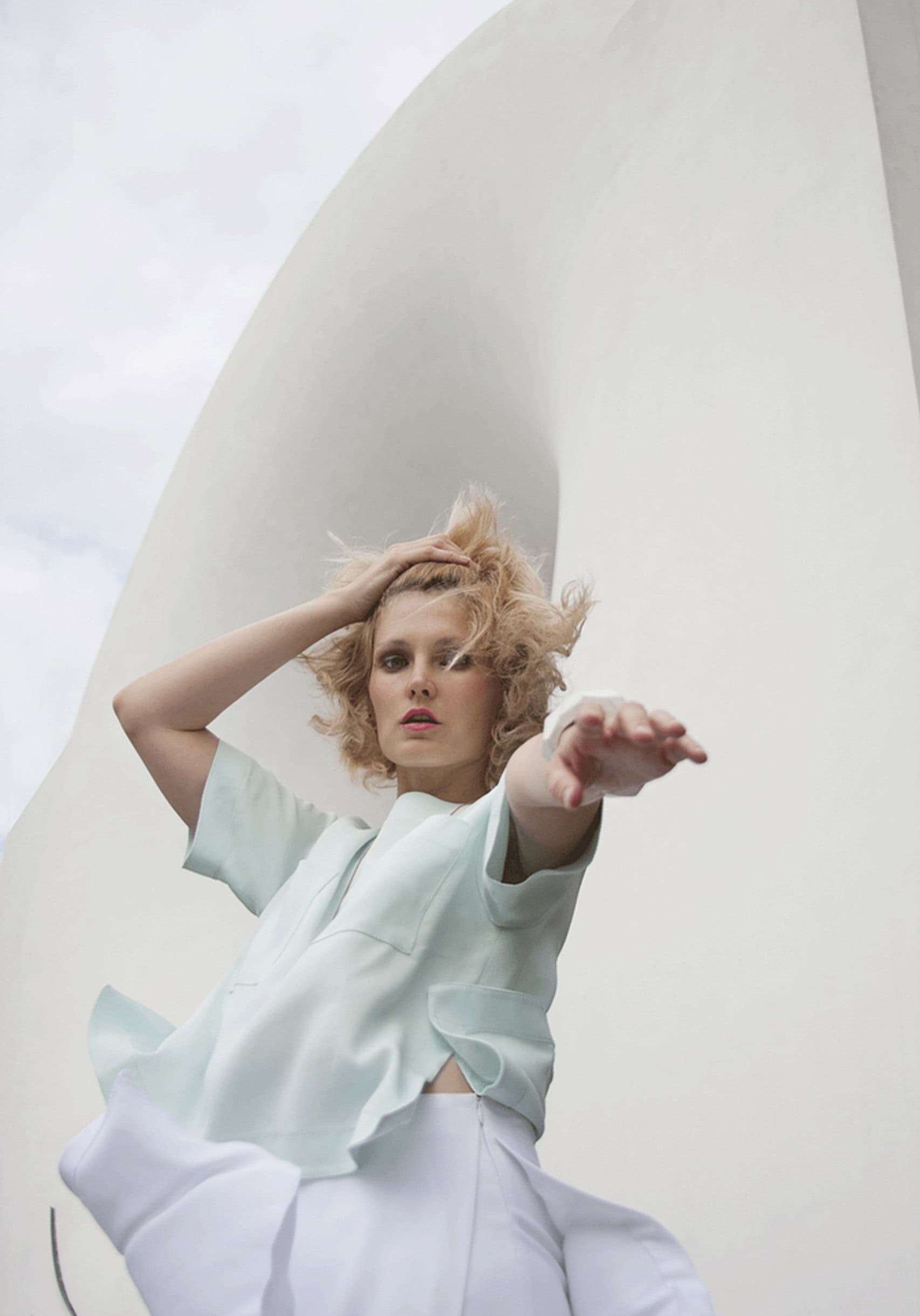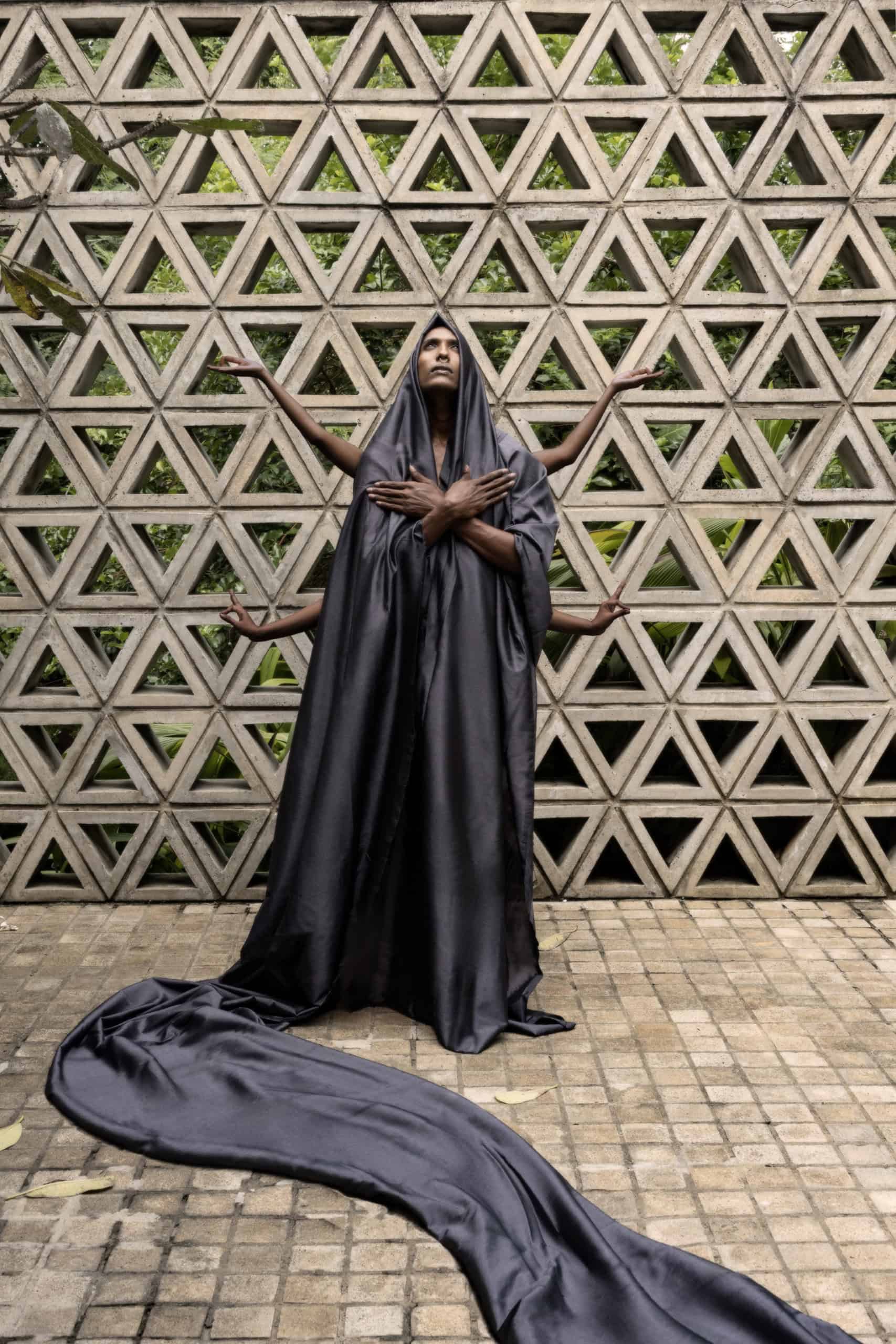
Galle Literary Festival 2025
Galle Fort has always been a place of stories. Its walls hold the echoes of colonial pasts, whispered tales of traders and travelers who left their mark on Sri Lanka’s southern coast. But this February, those voices will be joined by a new chorus—authors, poets, artists, and thinkers converging for the Galle Literary Festival 2025.
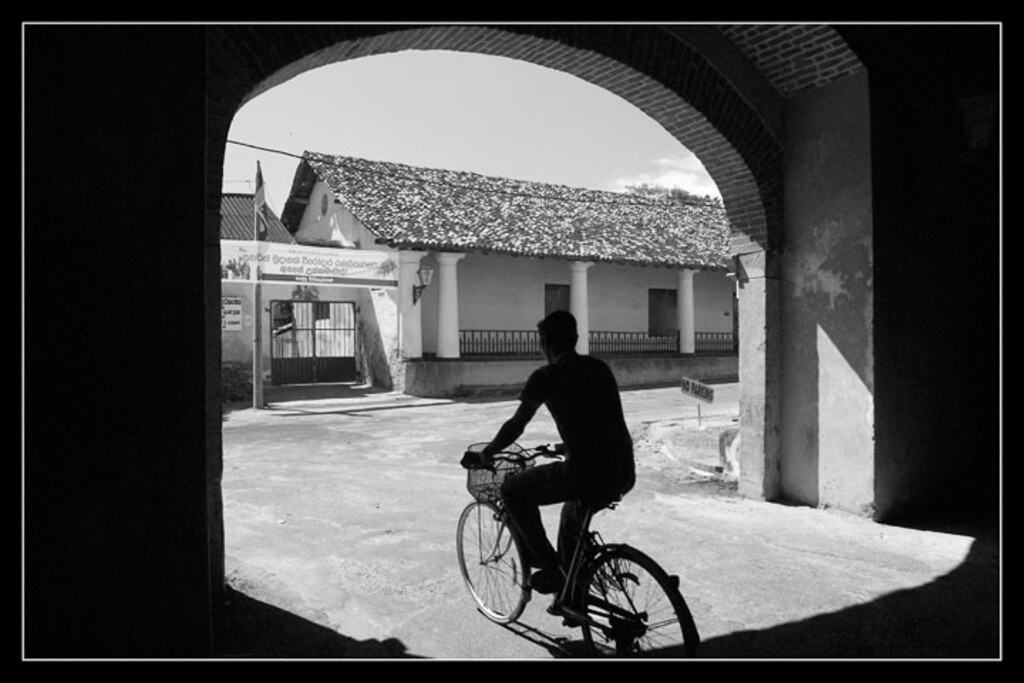
From February 6 to 9, the UNESCO-listed fort will become a living, breathing celebration of literature and art. The festival has always been intimate, immersive, and deeply connected to its setting. This year, it promises to be no different. Over four days, writers from Sri Lanka and across the world will explore themes of identity, belonging, and cultural memory, covering literature, politics, technology, and art.
An Unmissable Literary Lineup
This year’s festival welcomes some of the most compelling voices in contemporary literature. Afua Hirsch, Sathnam Sanghera, and Shyam Selvadurai will lead headline discussions, diving into history, migration, and personal identity. Their conversations will reflect on the past while questioning how it shapes the present.
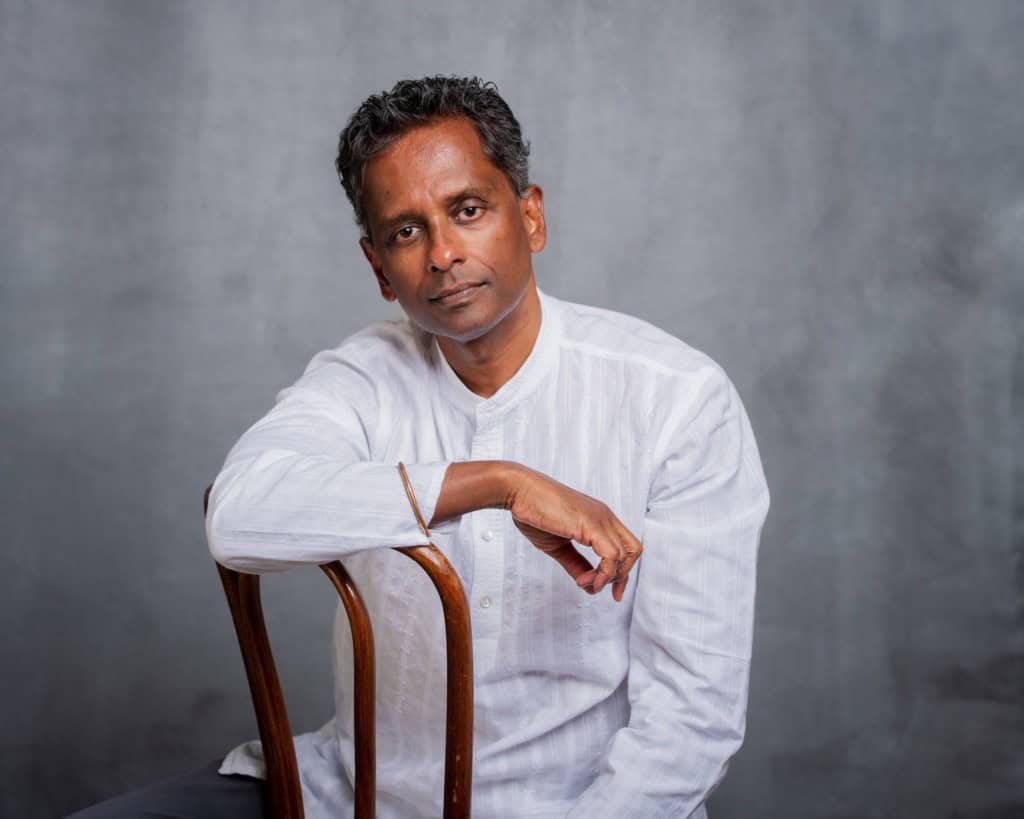
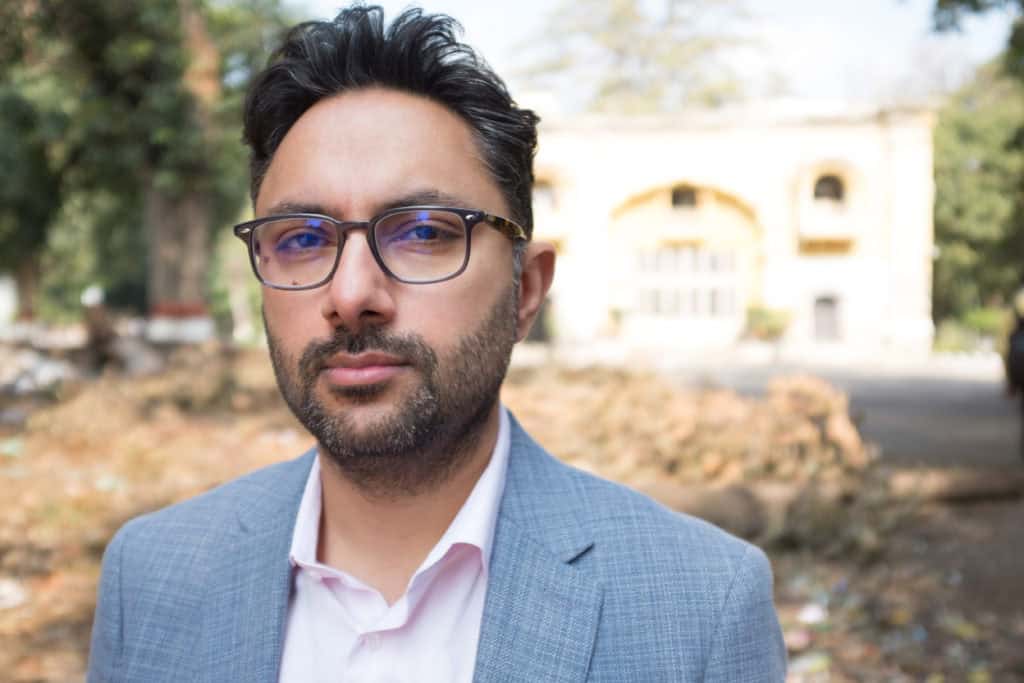
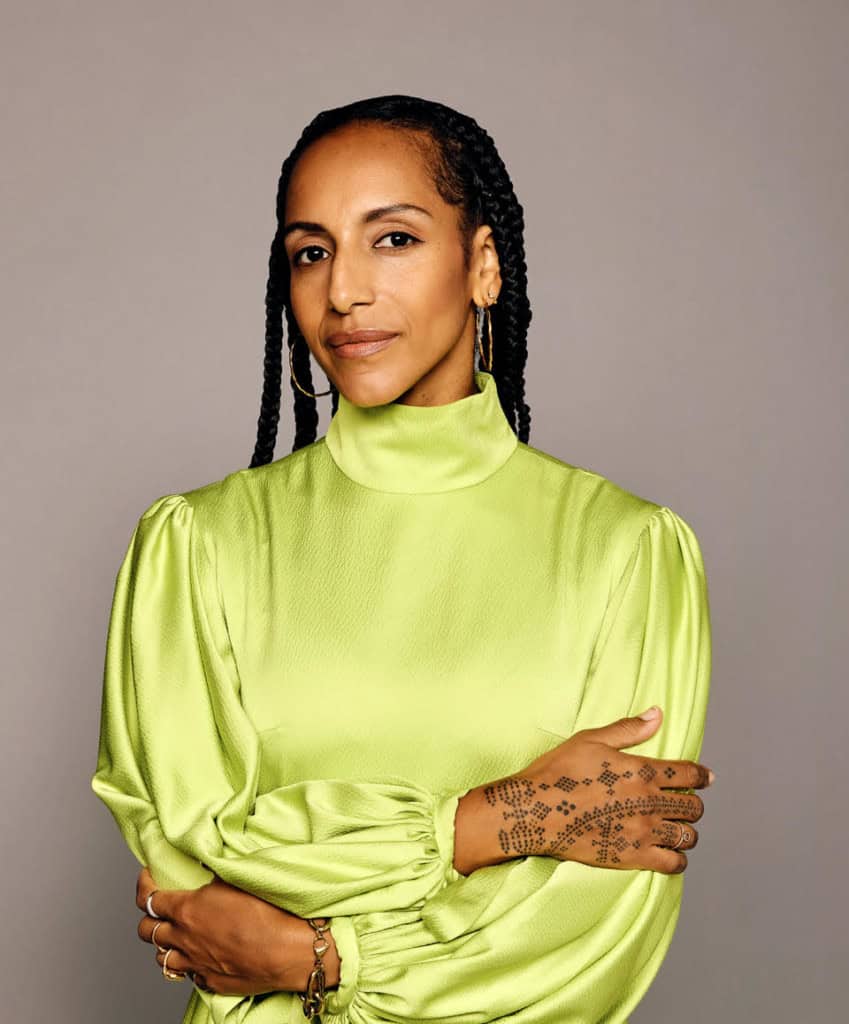
Alongside them, acclaimed authors such as Romesh Gunesekera, Kate Mosse, Adam Rutherford, and Daniel Alphonsus will take the stage. They will examine topics like South Asian democracy, artificial intelligence in writing, and the influence of literary prizes. Every discussion will offer fresh perspectives and challenge conventional thinking.
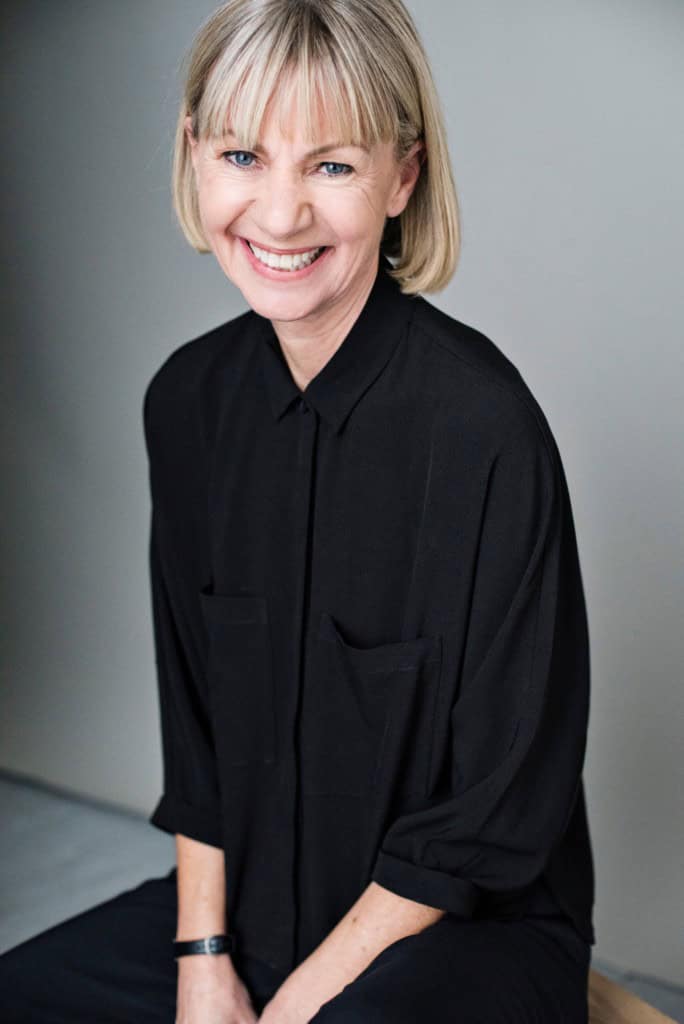
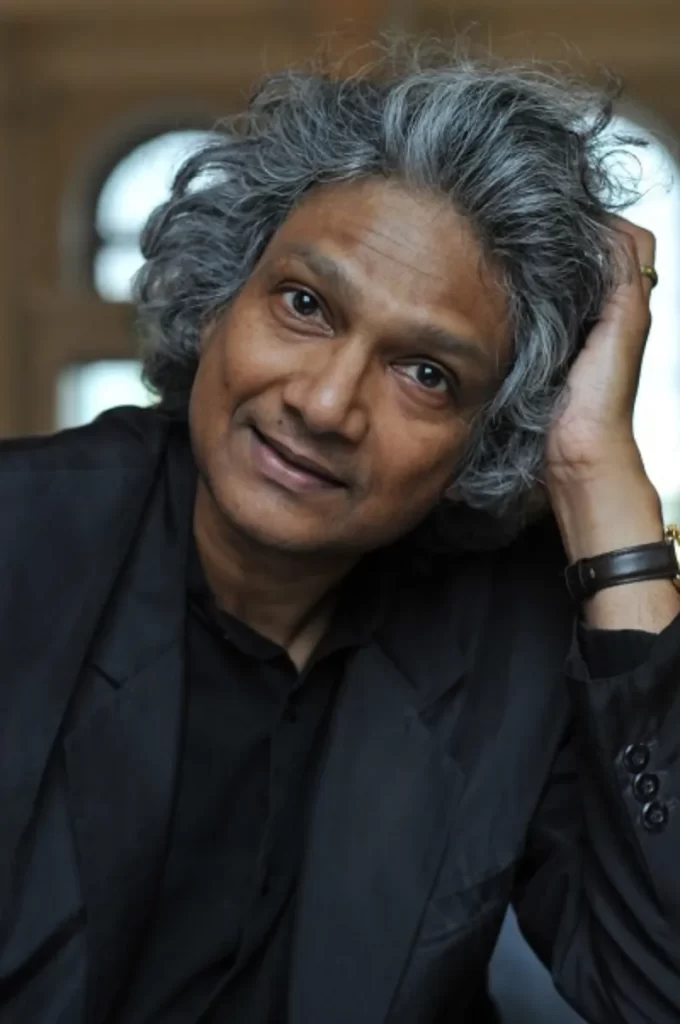
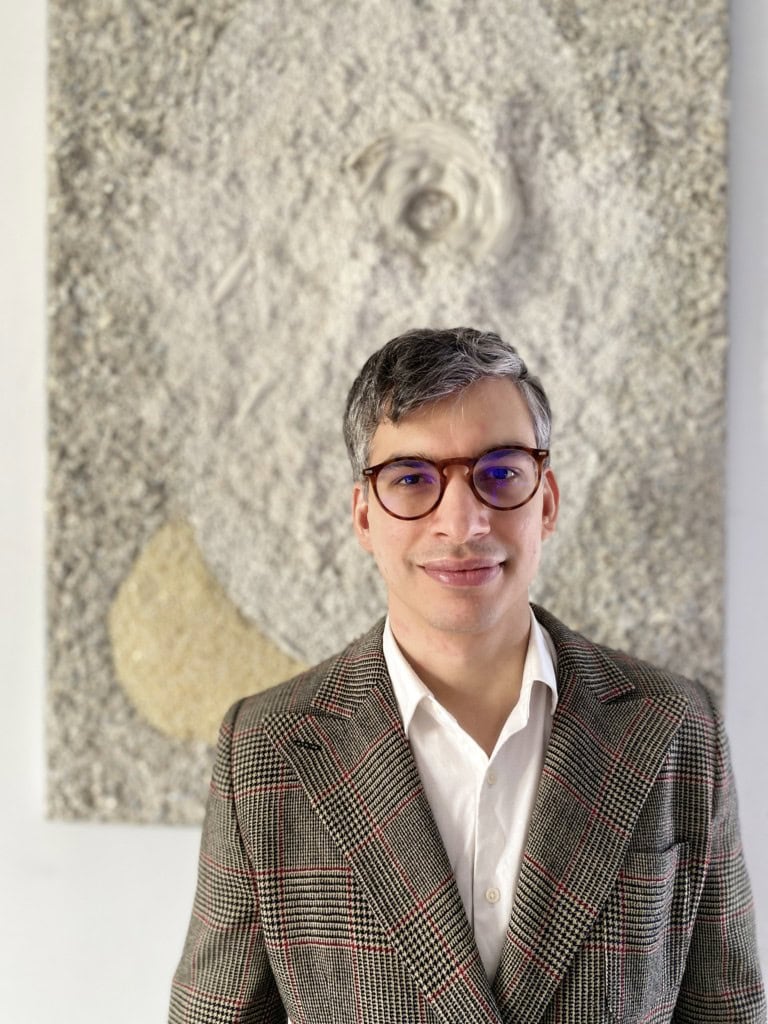
Beyond the main talks, the festival extends into the streets and courtyards of Galle Fort. Literary lunches and dinners provide a chance to meet authors over exquisite Sri Lankan cuisine. Poetry readings by the sea blend words with the sounds of crashing waves. As the sun sets, live jazz performances transform the historic fort into a place where art and storytelling intertwine.
Art Trail 2025: A Fort Transformed into a Gallery
While literature takes center stage, Art Trail 2025 ensures that visual storytelling captivates festival-goers just as deeply. The fort’s historic mansions, boutique hotels, and courtyards will showcase photography, multimedia installations, and contemporary art.
One of the most anticipated exhibitions, Body is…, is a collaboration between Kesara Ratnavibhushana and French Cowboy. Their striking photography explores queerness, body, and space. Draped in Selyn textiles, their subjects appear in surreal landscapes, challenging traditional perceptions of identity.
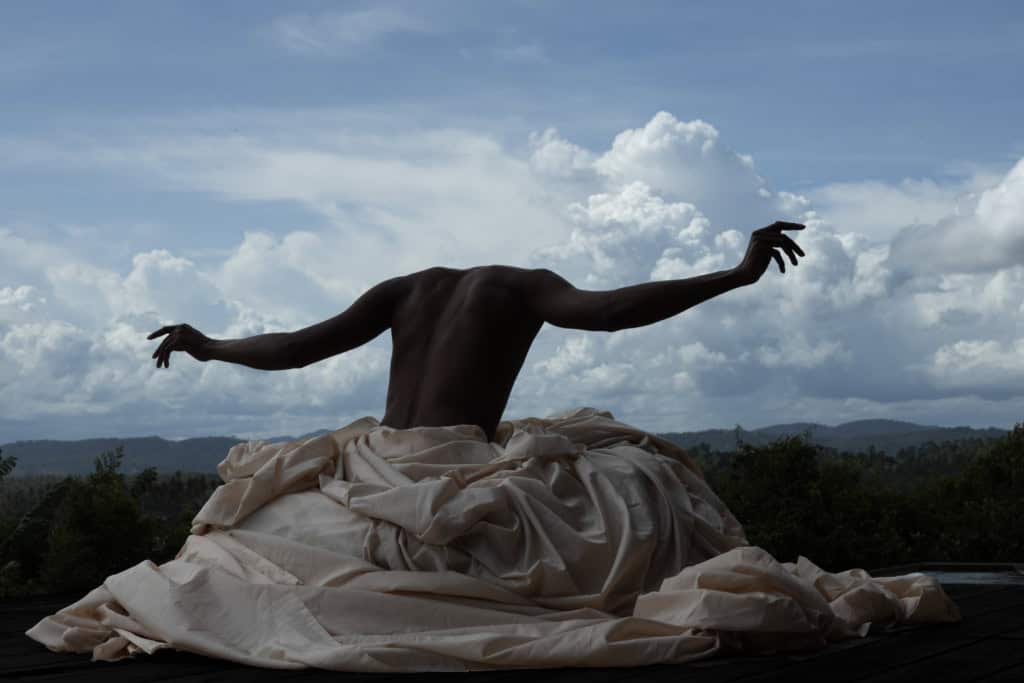
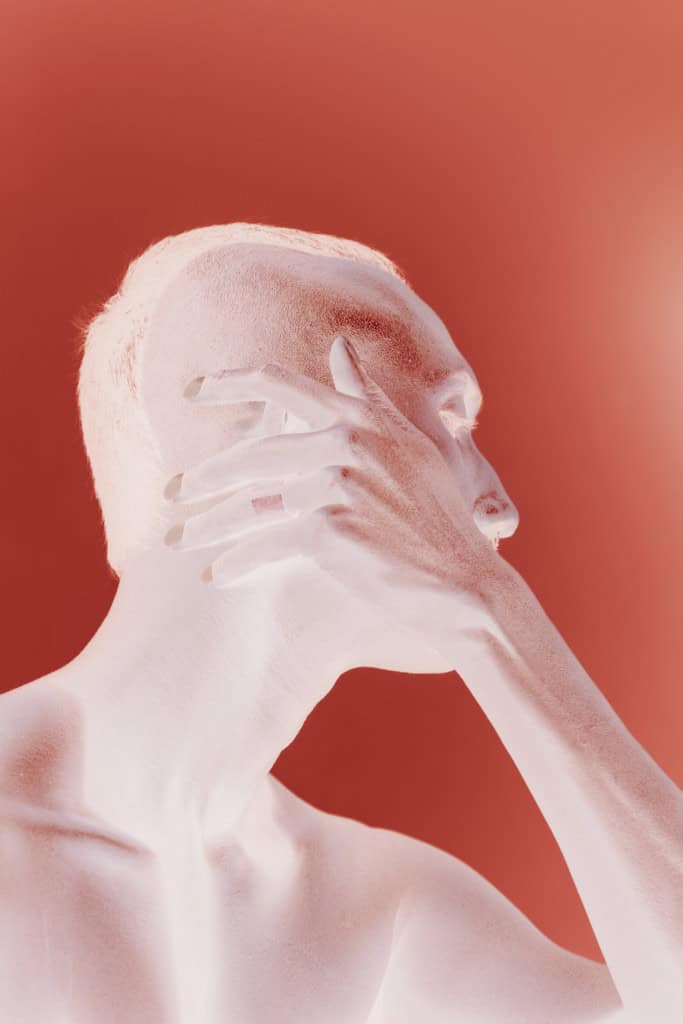
In contrast, Koralagedara Pushpakumara brings history into sharp focus with The Brutality Within. His bold abstract paintings capture the trauma of Sri Lanka’s Civil War, using muted grays and blacks clashing against bursts of color. The compositions create a haunting reflection of wartime paranoia.

Elsewhere, Kopalapillai Mathiskumar’s Riches in Ruins experiments with discarded textiles and industrial waste. His mixed-media pieces challenge perceptions of poverty by emphasizing the strength and vibrancy of underprivileged communities. Meanwhile, The Streets of Colombo Photography Collective captures the shifting cultural landscape in Galle Fort in the Contemporary. Their images highlight the fort’s delicate balance between history and modern life.
Another highlight is Rajani Serasinghe’s Into the Mystique, a collection of mosaics celebrating Sri Lanka’s rich wildlife and landscapes. Crafted from recycled glass, her pieces blend the real and the surreal, creating a dreamlike world. Anushka Wijesinha and Nishan Perera’s The Tree Left Standing offers a different perspective, urging viewers to reflect on the relationship between progress and conservation.
Meet the Artists and Engage with Their Work
The Art Trail isn’t just about looking—it’s about experiencing. Visitors can take part in Artist Walks, where the artists lead intimate tours through their work. Meet the Artist sessions offer deeper insight into the inspirations and techniques behind each collection.
On February 7, the festival will host the launch of ARTRA Magazine’s South Asian Contemporary Art Edition. The edition features Ali Kazim (Pakistan), Tayeba Begum Lipi (Bangladesh), and Anoli Perera (Sri Lanka). Their works, displayed in Tate, Qatar Museums, and the Guggenheim, bring an international perspective to the evolving South Asian art scene.
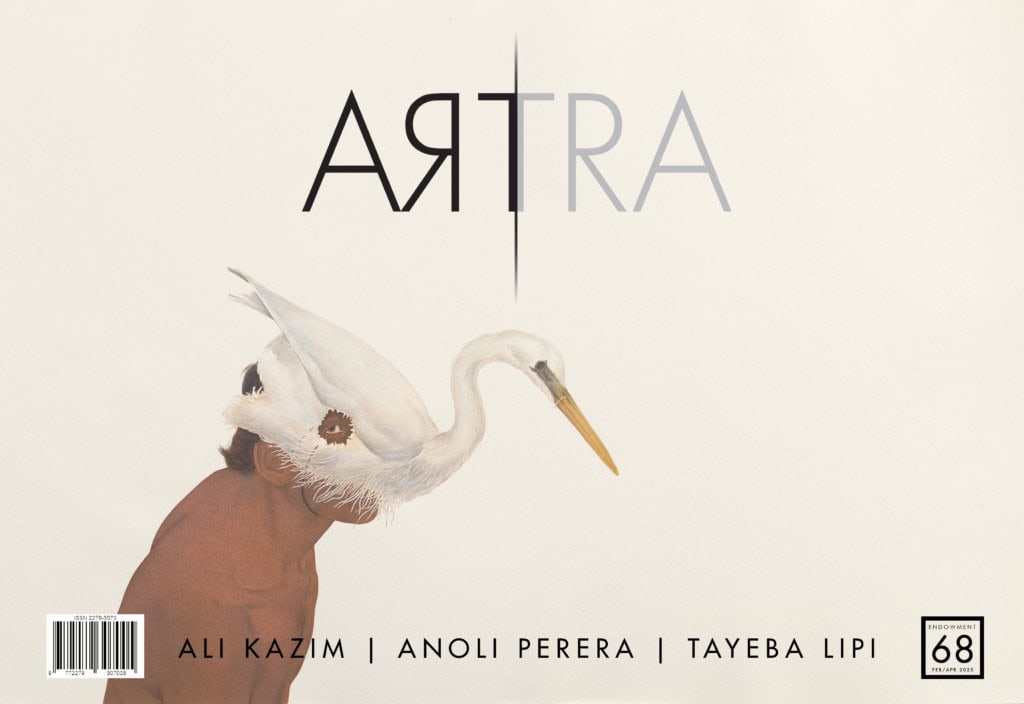
A Festival That Lives Beyond the Stage
The Galle Literary Festival does more than showcase literature and art—it turns Galle Fort into a stage where creativity unfolds in every corner. The streets become meeting places for authors, artists, and audiences. Ideas flow through intimate salons, spontaneous poetry readings, and unexpected conversations in cafés.
As visitors wander through the festival, they will discover stories in every moment. A spoken word performance might unfold in a candlelit courtyard, or a debate on colonial legacies might spark over coffee. Every experience invites engagement, making the festival more than an event—it becomes a part of the place itself.
How to Experience the Festival
Festival Pass: Rs. 45,000
Day Passes: Rs. 12,000 – Rs. 15,000
Passes are available now at galleliteraryfestival.com.
Galle Fort Awaits
Since its launch in 2007, the Galle Literary Festival has become a cultural pilgrimage—a place where writers, artists, and audiences collide in a celebration of storytelling in all its forms. This year, the festival promises to be more than just an event; it will be an experience woven into the very fabric of Galle Fort itself.
As the waves crash against the ramparts and voices rise in conversation across the centuries-old streets, one thing is certain—Galle Fort will once again be a place of stories.
Share this post
One day when I was barely two my mom let me push her out of her bedroom. She was curious so she ran outside the house so she could watch me through the window. I climbed up on a chair by her vanity and started putting on her makeup. I loved playing dress up as a kid. Putting on my mom's sequin tube tops and high heeled shoes and then putting on a dance show in the lobby or the restaurant of the hotel/residence we lived in. It was the best childhood ever. Dress-up, dancing, playing with barbies, and drawing were my favorite things to do. I have not changed one bit today. If I am creating I am happy.
Now I am in Paris for the second time in my life and I am having a ball playing with my partner in crime Julien Crouigneau. We founded IRK Magazine together in 2015 and we are proud to collaborate with some amazing artists, and influencers.
We are also a photography duo under the pseudonym French Cowboy. We love to tell stories and create poetic images that are impactful.
Read Next

